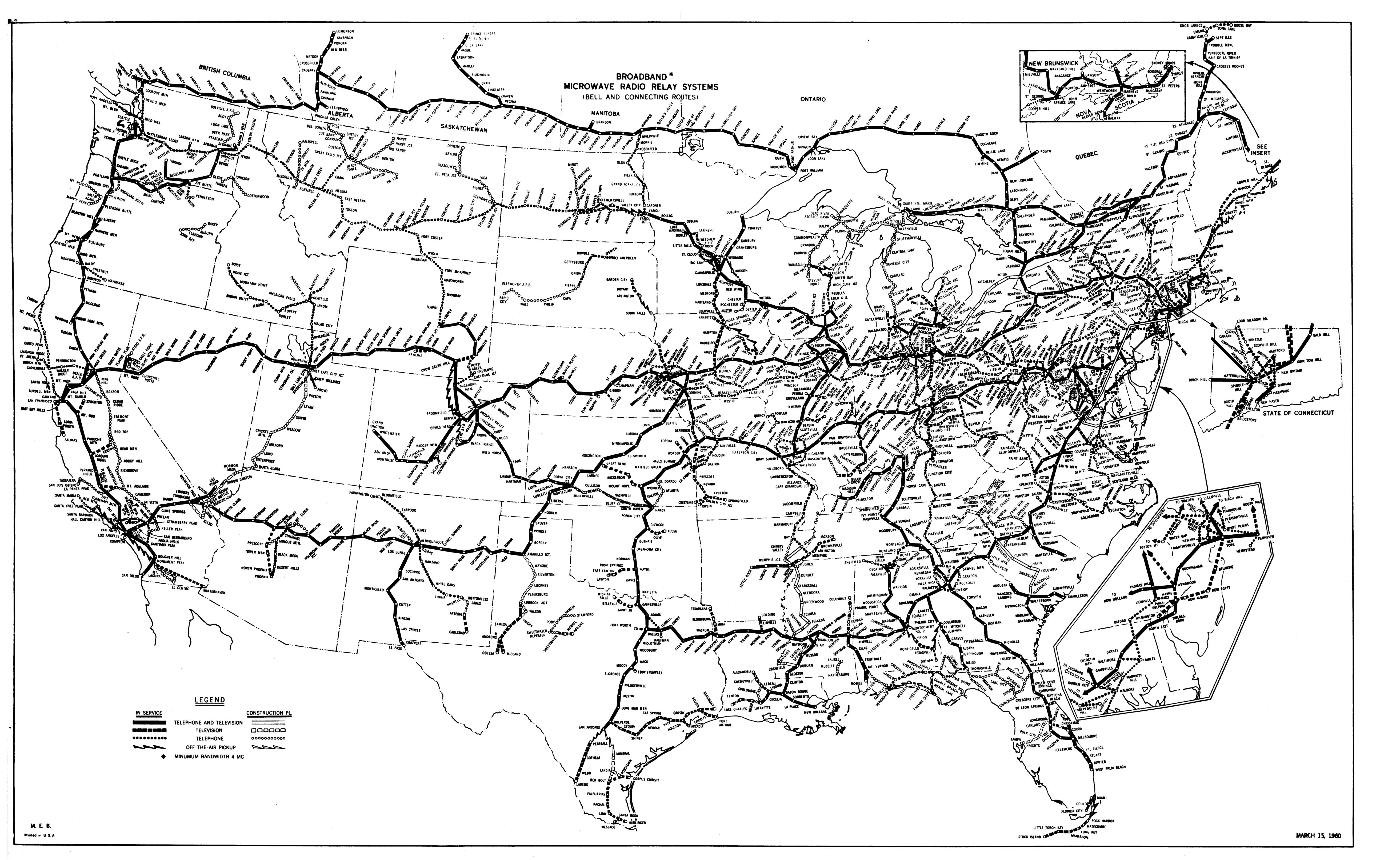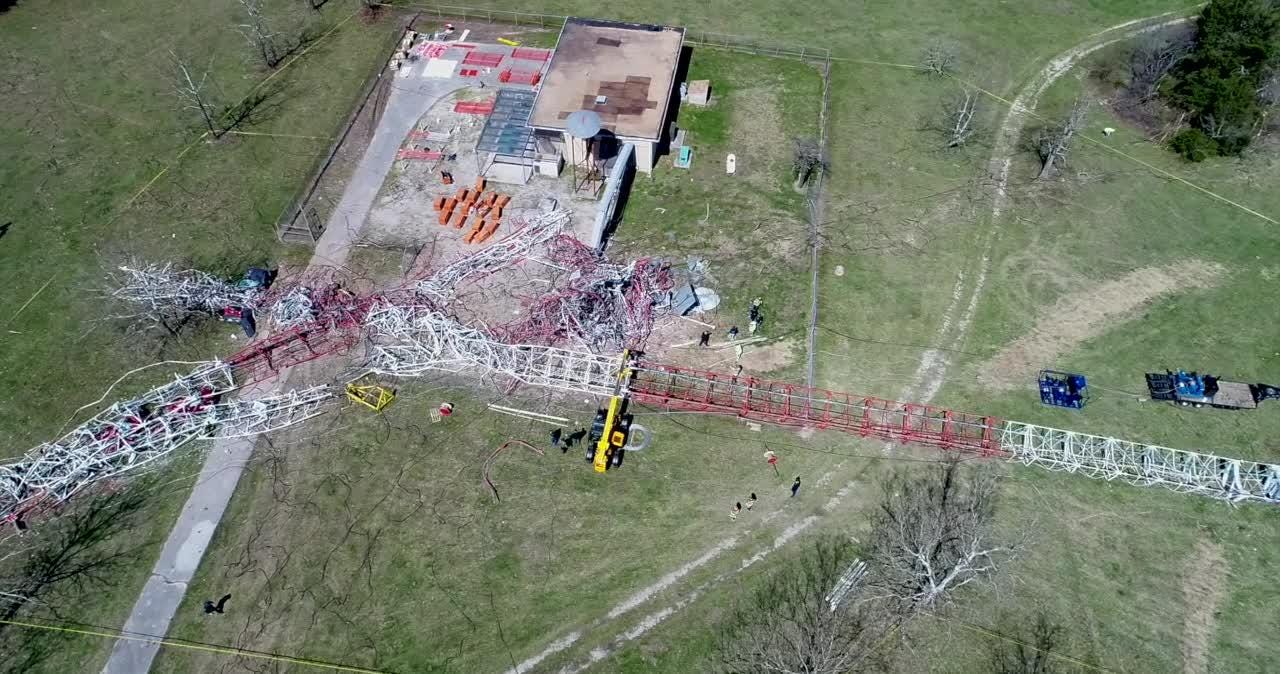Introduction
Allen DuMont worried. He would have paced, in fact, but he had fallen far to ill with the worst flu that he could remember in quite some time to be able to do that. So instead he laid in bed unable to sleep as his emotions raged inside him. “Why now, of all times, for this to happen, when I had perhaps the most important meeting of my entire life scheduled?” he thought to himself impotently. You see, DuMont had been scheduled to meet the President, the World War II hero Dwight D. Eisenhower, to discuss a matter of grave import to the survival and future of what had become his life’s work, the DuMont Television Network. The Federal Communications Commission had recently submitted the Sixth Report and Order, a ruling that would pave the way for the end of the “freeze” on issuance of new television station licenses that had been in place since 1948 so that the FCC could sort out the technical issues surrounding the new medium. In the intervening four years, the commission studied and deliberated on these issues, but none was more important than determining how best to allocate the scarce spectrum assigned to TV to individual cities to be issued as TV stations. The FCC had finally come up with a plan, but that plan would only allocate 3 or less commercial TV licenses on the established and more desirable VHF band to the vast majority of the nation's media markets. To enable the further growth of the medium, the new UHF band would then be allocated alongside the existing VHF channels. That would be a big problem, though, especially to DuMont's network and the other upstart in the industry, ABC. UHF in that day was much less powerful, not able to reach nearly as far as VHF across the area of a market, and it required an expensive tuner to be seen as TVs were not equipped with UHF tuners in that day. So DuMont and ABC had lobbied the FCC to segregate existing VHF markets from new markets that would only receive UHF signals. Unsuccessfully, which prompted the request for a meeting with Ike, the one DuMont was currently missing. In his stead, he would send his head engineer, close friend and trusted confidant Thomas T. Goldsmith, to meet with the no-nonsense former general.[1] As it turned out, DuMont needn't have worried, because Goldsmith in his stead was able to deliver a succinct, short presentation on the dangers of the FCC’s order to television competition, and the President gave him his word that he would be sure to use his influence to bring the FCC to a more equitable understanding.
[1]IOTL DuMont himself met with Ike in the Oval Office and gave ten minutes of an awkward, too-technical presentation before the President assured him he had “experts” handling the situation and ushering him out.
[1]IOTL DuMont himself met with Ike in the Oval Office and gave ten minutes of an awkward, too-technical presentation before the President assured him he had “experts” handling the situation and ushering him out.
Last edited:


